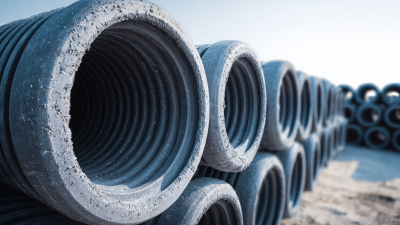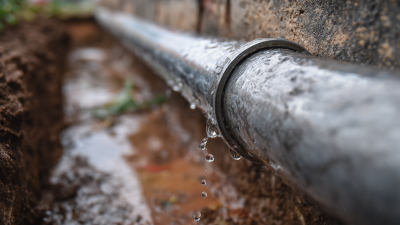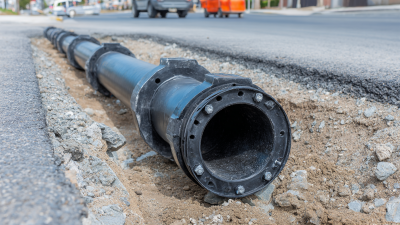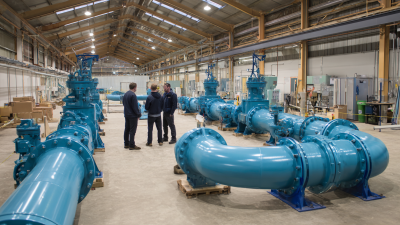A corrugated drain pipe is a crucial component in modern drainage systems, designed to effectively manage water flow and prevent flooding in both residential and commercial settings. According to the American Society of Civil Engineers, over 14% of infrastructure in the United States is in poor condition, highlighting the need for reliable solutions like corrugated drain pipes that are engineered to enhance drainage efficiency. These pipes, characterized by their flexible, ridged structure, allow for superior water movement while resisting clogs and obstructions, ultimately safeguarding properties from excess moisture. Statistics indicate that proper drainage systems can reduce flood risks by up to 75%, making the use of corrugated drain pipes an essential choice for anyone looking to protect their landscape and ensure effective water management.
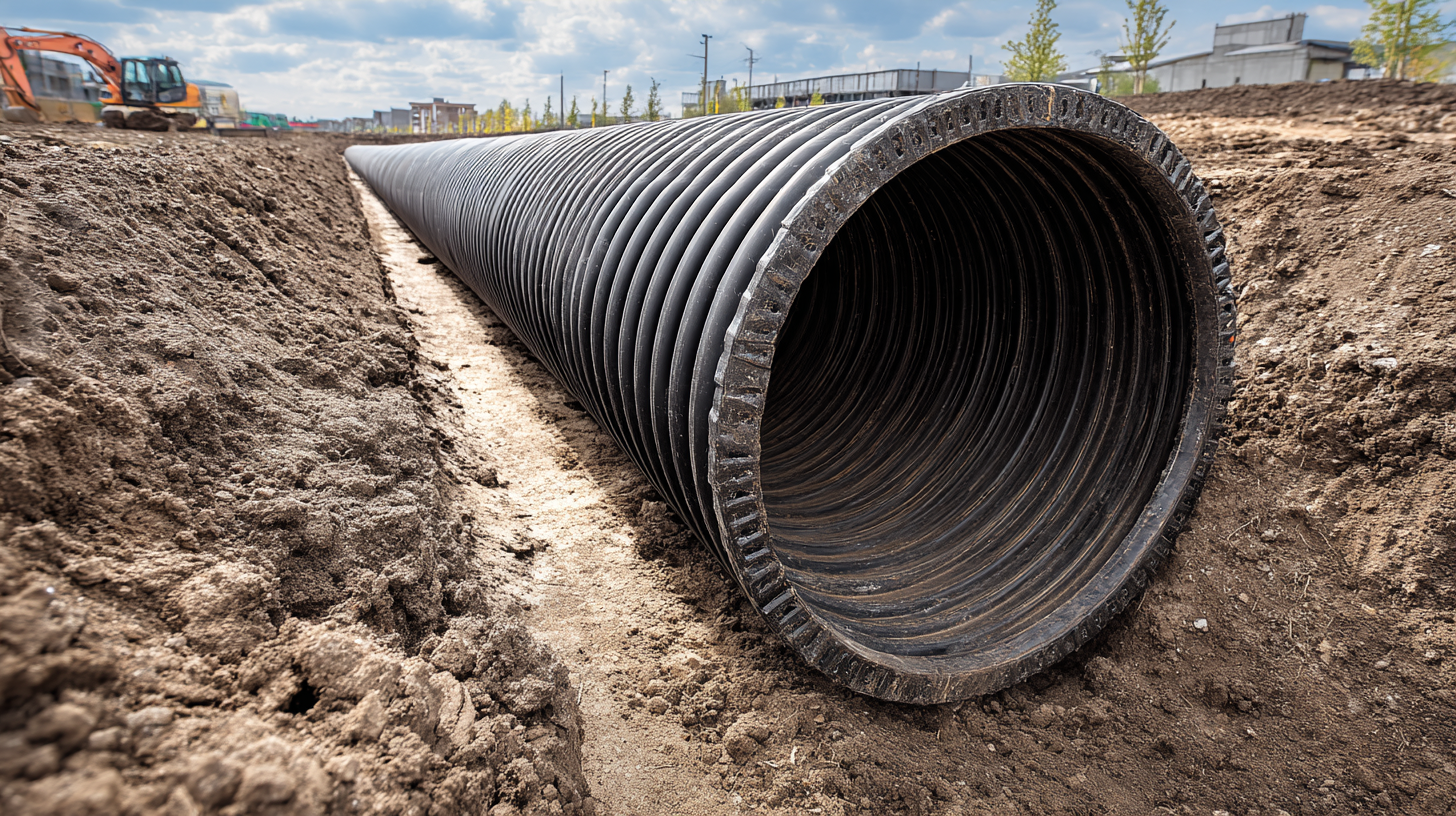
Corrugated drain pipes are critical components in stormwater management systems, designed to efficiently transport excess water away from urban areas and prevent flooding. These pipes, made from flexible corrugated plastic, offer numerous advantages over traditional rigid piping. Their unique structure allows for better flexibility and a lightweight design, which makes installation quicker and more cost-effective. This adaptability is essential for navigating irregular terrains and can accommodate the shifting soil conditions often found in stormwater management scenarios.
Furthermore, the perforated nature of corrugated drain pipes enables effective drainage by facilitating the infiltration of excess water into surrounding soil. This feature drastically reduces surface runoff, which is crucial in controlling stormwater and protecting natural water bodies from sedimentation and pollution. By guiding stormwater away from critical areas, these pipes play a vital role in maintaining the balance of local ecosystems while mitigating the risk of property damage associated with heavy rainfall. Ultimately, the integration of corrugated drain pipes in stormwater management is essential for sustainable urban planning and environmental protection.
Corrugated drain pipes are increasingly recognized as a vital component in effective drainage systems, offering significant advantages over traditional solutions. Their design, characterized by a series of alternating ridges and grooves, enables enhanced flexibility, durability, and efficiency in managing stormwater. By facilitating both surface and subsurface drainage, corrugated pipes address waterlogging issues more effectively. Recent research highlights the economic benefits of combining open ditches with subsurface drainage; a new calculation method shows that this integrated approach can significantly mitigate waterlogging, thus improving agricultural productivity.
Moreover, industry experts point out that while innovative drainage solutions are gaining traction, there remains a lag in adoption among certain sectors, particularly among farmers who could greatly benefit from managing water discharged from underground systems. This gap underscores the need for greater awareness and education on the advantages of modern drainage technologies. With the introduction of advanced products tailored for contemporary infrastructure projects, corrugated drain pipes emerge not just as alternatives but as essential tools for sustainable water management practices, ensuring efficient drainage for both urban and agricultural landscapes.
This bar chart illustrates the comparison between Corrugated Drain Pipes and Traditional Drain Pipes across several important metrics, including cost, durability, flexibility, and installation time. As shown, Corrugated Drain Pipes offer advantages in cost-effectiveness, flexibility, and quicker installation time, highlighting their essential role in effective drainage solutions.
Corrugated drain pipes, particularly those made from high-density polyethylene (HDPE), are essential for effective drainage systems due to their durability and lower environmental impact. Recent assessments have shown that corrugated HDPE pipes exhibit significantly less environmental burden in comparison to traditional materials. This result is pivotal, especially as new markets for recycled HDPE have emerged, aligning with sustainability efforts and the growing demand for eco-friendly construction materials. Effectively, utilizing recycled plastics like HDPE can potentially reduce waste and foster circular economy practices in drainage infrastructure.
When considering the longevity and performance of drainage pipes, the choice of material is crucial. Reports indicate that HDPE pipes not only contribute to environmental sustainability but also demonstrate robust physical properties ensuring longevity in varied climatic conditions. Additionally, the Florida Department of Transportation has approved the use of high-performance polypropylene pipe, indicating a shifting trend towards innovative materials. These advancements underline the importance of selecting the right materials to optimize performance while adhering to environmental standards.
**Tips:** Always consult recent environmental impact studies before selecting drainage materials. Engaging with industry recommendations can lead to better choices for longevity and performance in your drainage systems. Furthermore, consider innovative solutions like using recycled materials to support sustainability in construction projects.
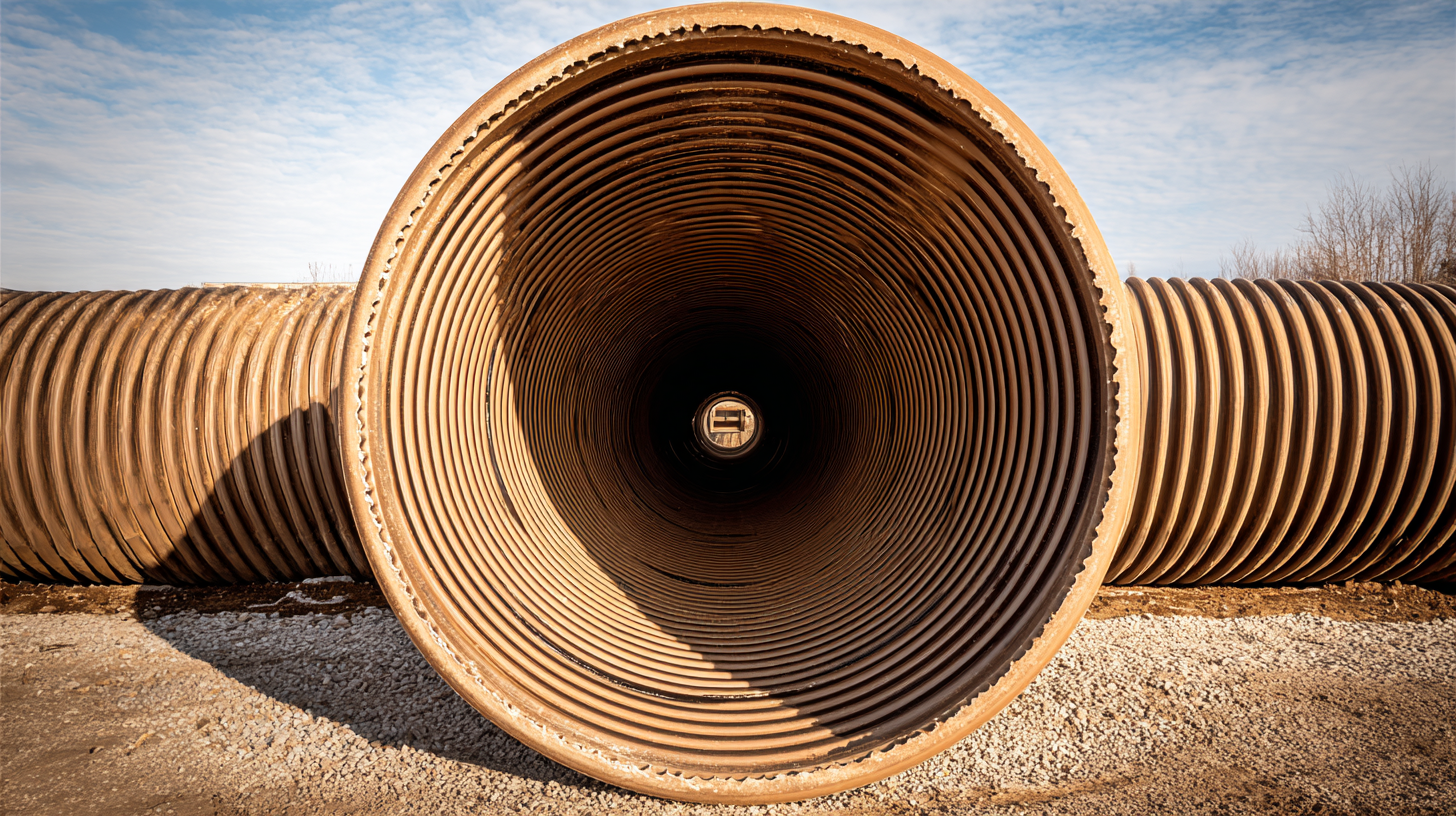
Effective drainage systems are crucial in managing surface runoff, which can lead to flooding, soil erosion, and water pollution. Statistical insights reveal that implementing corrugated drain pipes significantly reduces surface runoff in residential and commercial areas. These pipes facilitate the efficient movement of water away from properties, minimizing puddles and pooling that can damage foundations and landscapes. According to various studies, properties equipped with effective drainage solutions can experience up to a 40% reduction in surface runoff during heavy rainfall events.
Moreover, the use of corrugated drain pipes enhances the filtration process of stormwater, allowing for the proper management of pollutants before they reach larger bodies of water. Statistics show that areas utilizing these drainage systems can see a decrease in contaminants, helping to maintain healthier ecosystems. As urban development continues to expand, investing in such drainage solutions is essential to protect our environment while ensuring safety and sustainability in water management practices.
| Dimension | Standard Size | Material | Typical Applications | Efficiency (%) |
|---|---|---|---|---|
| Diameter | 4 inches | Polyethylene | Residential drainage | 85% |
| Diameter | 6 inches | Polyvinyl Chloride (PVC) | Stormwater management | 90% |
| Diameter | 8 inches | Composite | Agricultural drainage | 88% |
| Diameter | 10 inches | High-density polyethylene (HDPE) | Commercial drainage systems | 92% |
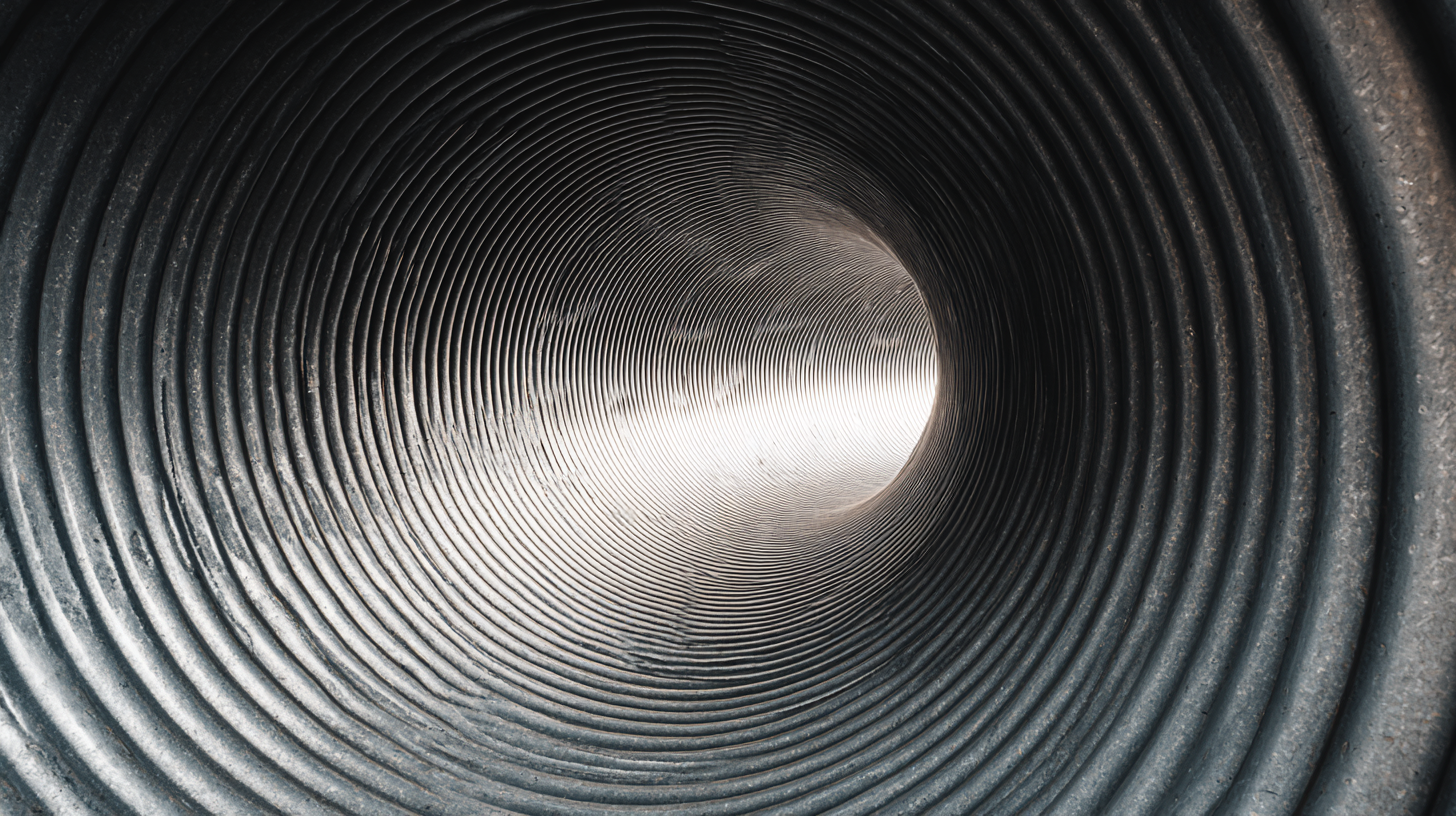 Proper installation of corrugated drain pipes is critical for maximizing drainage efficiency and preventing water-related issues in residential and commercial properties. According to the American Society of Civil Engineers (ASCE), improper drainage contributes to over 40% of infrastructure failures, highlighting the necessity for effective drainage solutions. Corrugated drain pipes, known for their durability and flexibility, are designed to facilitate the movement of water while minimizing the risk of blockages and backups. When installed correctly, their unique structure allows for optimal water flow, significantly reducing the chances of flooding and erosion.
Proper installation of corrugated drain pipes is critical for maximizing drainage efficiency and preventing water-related issues in residential and commercial properties. According to the American Society of Civil Engineers (ASCE), improper drainage contributes to over 40% of infrastructure failures, highlighting the necessity for effective drainage solutions. Corrugated drain pipes, known for their durability and flexibility, are designed to facilitate the movement of water while minimizing the risk of blockages and backups. When installed correctly, their unique structure allows for optimal water flow, significantly reducing the chances of flooding and erosion.
Moreover, research from the National Association of Home Builders suggests that well-installed drainage systems utilizing corrugated pipes can enhance water drainage efficiency by up to 30%. This efficiency not only protects foundational structures but also reduces the maintenance costs associated with water damage and landscaping issues. The use of geotextiles during installation can further improve performance by preventing sediment build-up and enhancing soil filtration around the pipes. In regions prone to heavy rainfall, the importance of proper installation cannot be overstated; it is a vital element in safeguarding properties against water accumulation and ensuring sustainable drainage solutions.
